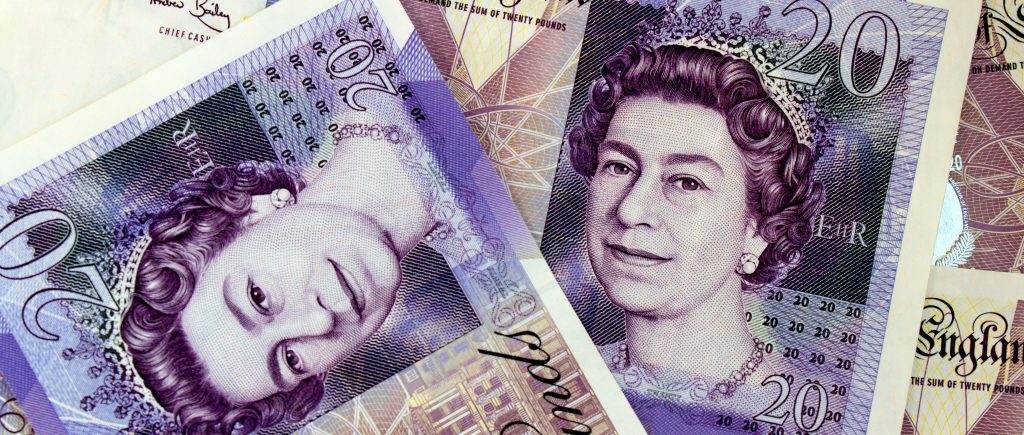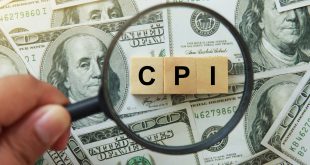The GBP/USD pair dipped to 1.3295 on May 1, 2025, down 0.25%, as shifting risk sentiment and divergent monetary policies weigh on the pound. With UK manufacturing faltering and U.S. tariff policies stoking inflationary fears, the dollar is gaining traction. This article dissects the fundamental drivers behind the pair’s decline, leverages technical analysis to map the path ahead, and argues that U.S. economic dynamics will keep the pound on the back foot unless risk appetite rebounds.
UK Manufacturing Woes Pressure the Pound
The UK’s manufacturing sector contracted for the seventh consecutive month in April 2025, with the S&P Global Manufacturing PMI flat at 50.2, barely in expansion territory. Persistent demand weakness and rising input costs have dampened optimism, pushing markets to price in 100 basis points of Bank of England (BoE) rate cuts, starting at the May 8 meeting. Governor Andrew Bailey’s dovish signals, emphasizing growth over inflation control, further erode the pound’s appeal. The UK’s reliance on imported goods, exacerbated by global tariff disruptions, adds to cost pressures, weakening the economic outlook and undermining sterling’s fundamentals.
U.S. Tariffs and Data Bolster the Dollar
In the U.S., the ISM Manufacturing PMI fell to 48.7 in April from 49, missing forecasts of 48 and signaling ongoing contraction. Despite this, tariff-driven price increases—145% on Chinese imports and levies on Canada and Mexico—are fueling stagflation concerns, strengthening the dollar as a hedge. Initial Jobless Claims spiked to 241,000 for the week ending April 26, the highest since February, yet markets interpret this as a sign of economic resilience, with tariffs cushioning domestic producers. Federal Reserve Chair Jerome Powell’s hawkish stance, delaying rate cuts until July, contrasts with the BoE’s urgency, widening the policy gap and boosting the dollar’s relative strength.
Technical Outlook: Bears Gain Ground
The GBP/USD’s slide below the 20-day Simple Moving Average (SMA) at 1.3319 marks its third day of losses, hitting a low of 1.3274. While the Relative Strength Index (RSI) remains bullish, its rapid descent toward neutral suggests fading momentum. Support lies at 1.3250, with a deeper floor at 1.3200 if selling intensifies. Resistance at 1.3300, breached briefly, must be reclaimed to target the May 1 peak of 1.3345 and April 30 high of 1.3414. Fundamentally, U.S. tariff policies and delayed Fed easing align with this bearish tilt, though a risk-on shift could lift the pair by weakening the dollar’s safe-haven demand.
The GBP/USD’s retreat reflects a clear fundamental imbalance: the UK’s weakening economy and dovish BoE stance clash with U.S. tariff-driven dollar strength and a hawkish Fed. Technicals confirm the bearish bias, with 1.3250 as the next test for sellers. A rebound hinges on improved global risk sentiment, potentially sparked by positive UK data or U.S. policy softening. For now, the dollar’s edge prevails, but traders should watch 1.3300 for signs of reversal or further downside, as fundamentals continue to dictate the pair’s trajectory.

 Noor Trends News, Technical Analysis, Educational Tools and Recommendations
Noor Trends News, Technical Analysis, Educational Tools and Recommendations




